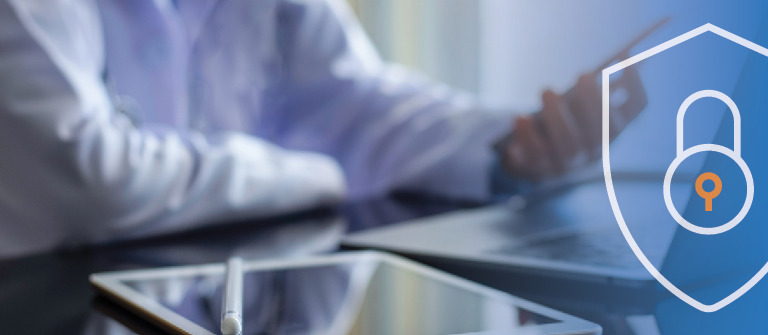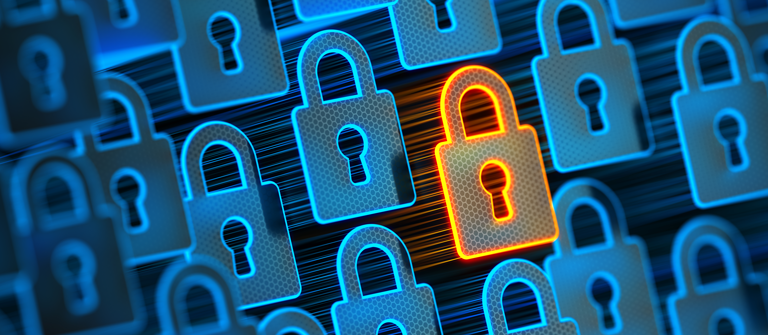Cybersecurity in healthcare is a critical issue that affects not only covered entities, but also their business associates and their patients. Various factors have made healthcare one of the industries most targeted by cyber criminals year after year. In this blog post, we will discuss the importance of cybersecurity in healthcare and the steps practices can take to protect themselves from cyberthreats.
Healthcare organizations possess a large amount of sensitive data, including personally identifiable information (PII), medical records, and financial information. Any single patient record would likely have everything a cybercriminal would need to commit identity theft, fraud, and other malicious activities.
Another reason cybersecurity is essential to a healthcare organization is the growing reliance on technology to provide care. While there are clear advantages to going electronic, every system and device used is another potential path a hacker can take to access and corrupt the valuable information stored within.
Cyber-attacks not only do a lot of damage to a healthcare organization’s finances and reputation, but they can also affect a patient’s security and well-being. A provider being locked out of their system and unable to access a patient’s records could be disastrous in an emergency.
Cybersecurity and Incident Response Plans
To protect against these threats, healthcare organizations should implement a comprehensive cybersecurity and incident response plan. This plan should include the following elements:
- Risk assessment: The first step in protecting against cyber threats is to assess the organization’s risks. This includes identifying potential vulnerabilities, such as outdated software or weak passwords, and evaluating the likelihood of different types of cyber-attacks.
- Network security: Network security is essential to protect against cyber threats. This includes implementing firewalls, intrusion detection and prevention systems, and other security measures to protect the organization’s networks and systems.
- Employee education and training: Employees are often the weakest link in an organization’s defenses. Despite the increasing sophistication of cybercriminals, phishing attacks are still their #1 way of getting unauthorized access. It is important to provide employees with consistent security and awareness training. Managers also need to implement and maintain a set of policies and procedures that serve as an employee’s guide to what they can and can’t do when accessing or using systems.
- Regular monitoring and testing: Regular monitoring and testing of the organization’s networks and systems are essential to identify potential vulnerabilities and ensure that the organization’s cybersecurity defenses are up-to-date and effective.
- Incident response plan: In the event of a cyber-attack, it is necessary to have a plan in place to respond quickly and effectively. This includes identifying the source of the attack, assessing the risk, and taking steps to restore normal operations as soon as possible. It is becoming increasingly important for any-size organization to maintain a cyber insurance policy to protect them in the event of an incident.
Take Care of Security and Compliance with Rectangle Health
Cybersecurity in healthcare is an issue that is not going away and will only increase in importance. A comprehensive cybersecurity plan can help organizations reduce the risk of cyber-attacks and protect their patients and their business.
Stay educated on cyber-health and ensure you have protections to defend your network and keep your practice safe.
Learn more about security and compliance from Rectangle Health.


